Get Ready for the 2017 Solar Eclipse
Music credit: Ascending Lanterns by Philip Hochstrate
Watch this video on the NASA Goddard YouTube channel.
Complete transcript available.
On Monday, August 21, 2017, our nation will be treated to a total eclipse of the sun.
The eclipse will be visible -- weather permitting -- across all of North America. The whole continent will experience a partial eclipse lasting two to three hours. Halfway through the event, anyone within a 60 to 70 mile-wide path from Oregon to South Carolina will experience a total eclipse. During those brief moments when the moon completely blocks the sun’s bright face for 2 + minutes, day will turn into night, making visible the otherwise hidden solar corona, the sun’s outer atmosphere. Bright stars and planets will become visible as well. This is truly one of nature’s most awesome sights.
The eclipse provides a unique opportunity to study the sun, Earth, moon and their interaction because of the eclipse’s long path over land coast to coast. Scientists will be able to take ground-based and airborne observations over a period of an hour and a half to complement the wealth of data provided by NASA assets.
Learn more at https://eclipse2017.nasa.gov
Find more videos about the solar ecilpse on the Sun Eclipse 2017 gallery page.

Animated total solar eclipse GIF

Animation of total solar eclipse
Credits
Please give credit for this item to:
NASA's Goddard Space Flight Center
-
Producer
- Genna Duberstein (USRA)
-
Animator
- Krystofer Kim (USRA)
-
Narrator
- Aaluk Edwardson (InuTeq, LLC)
-
Writer
- Sarah Frazier (ADNET Systems, Inc.)
Series
This page can be found in the following series:Release date
This page was originally published on Wednesday, June 21, 2017.
This page was last updated on Sunday, February 2, 2025 at 11:20 PM EST.
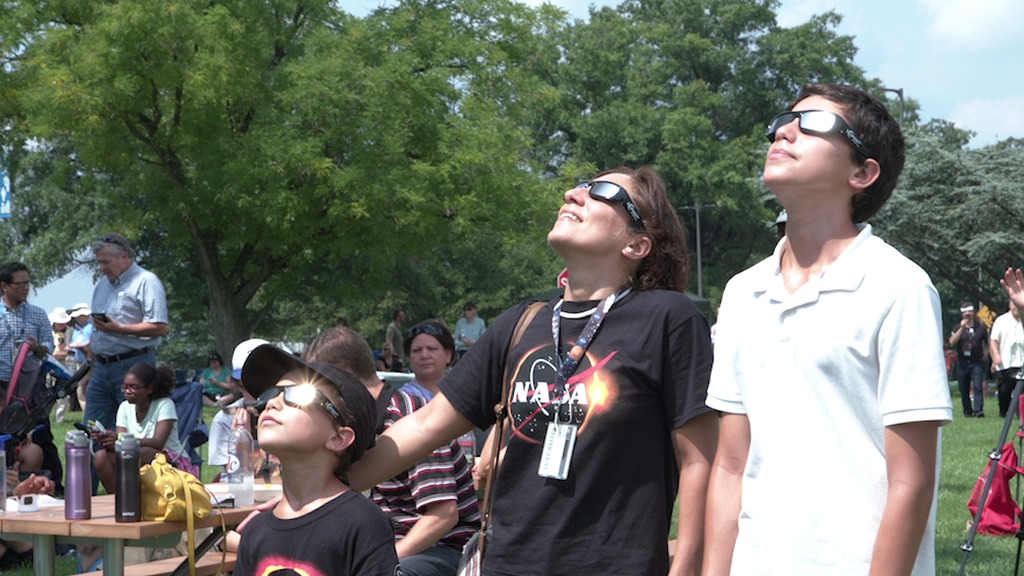
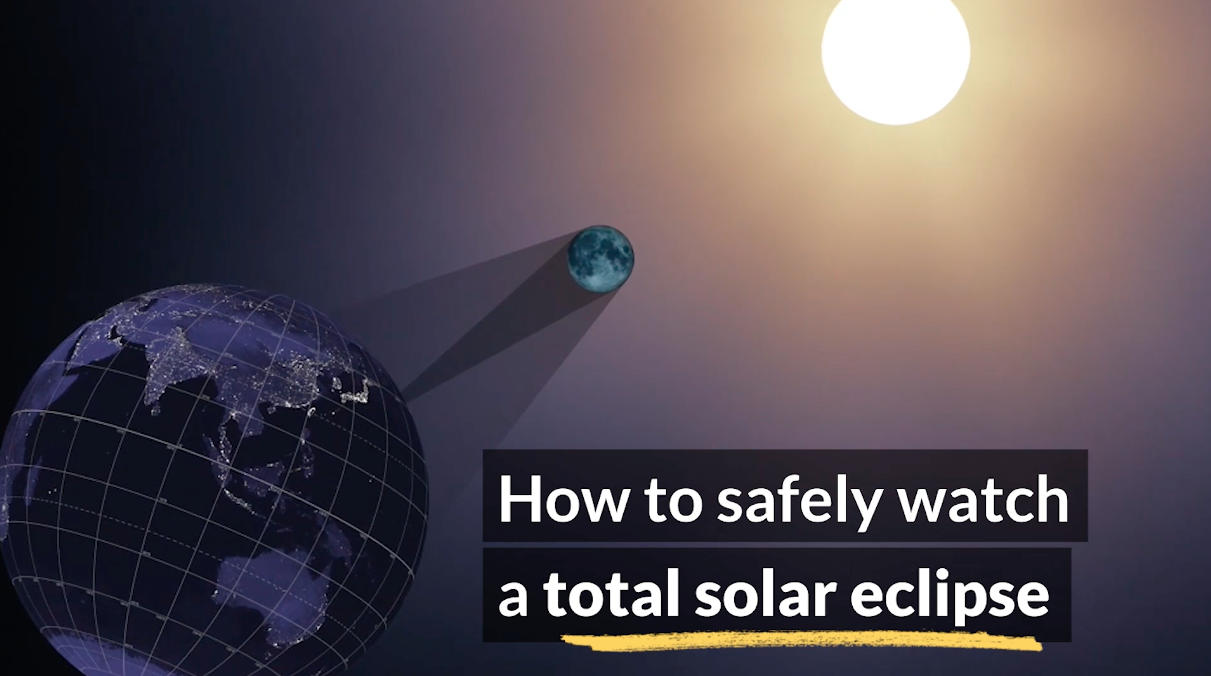
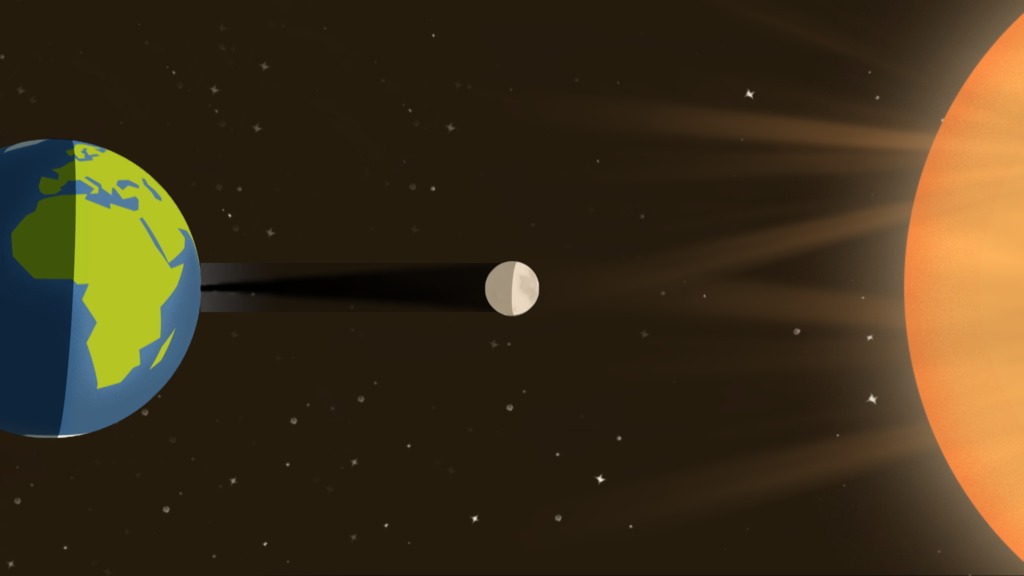
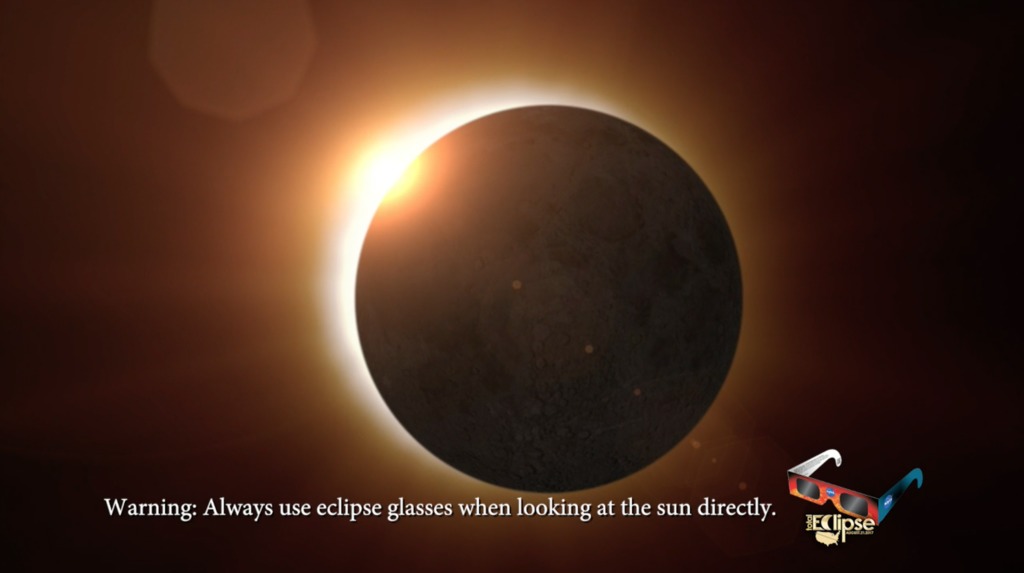
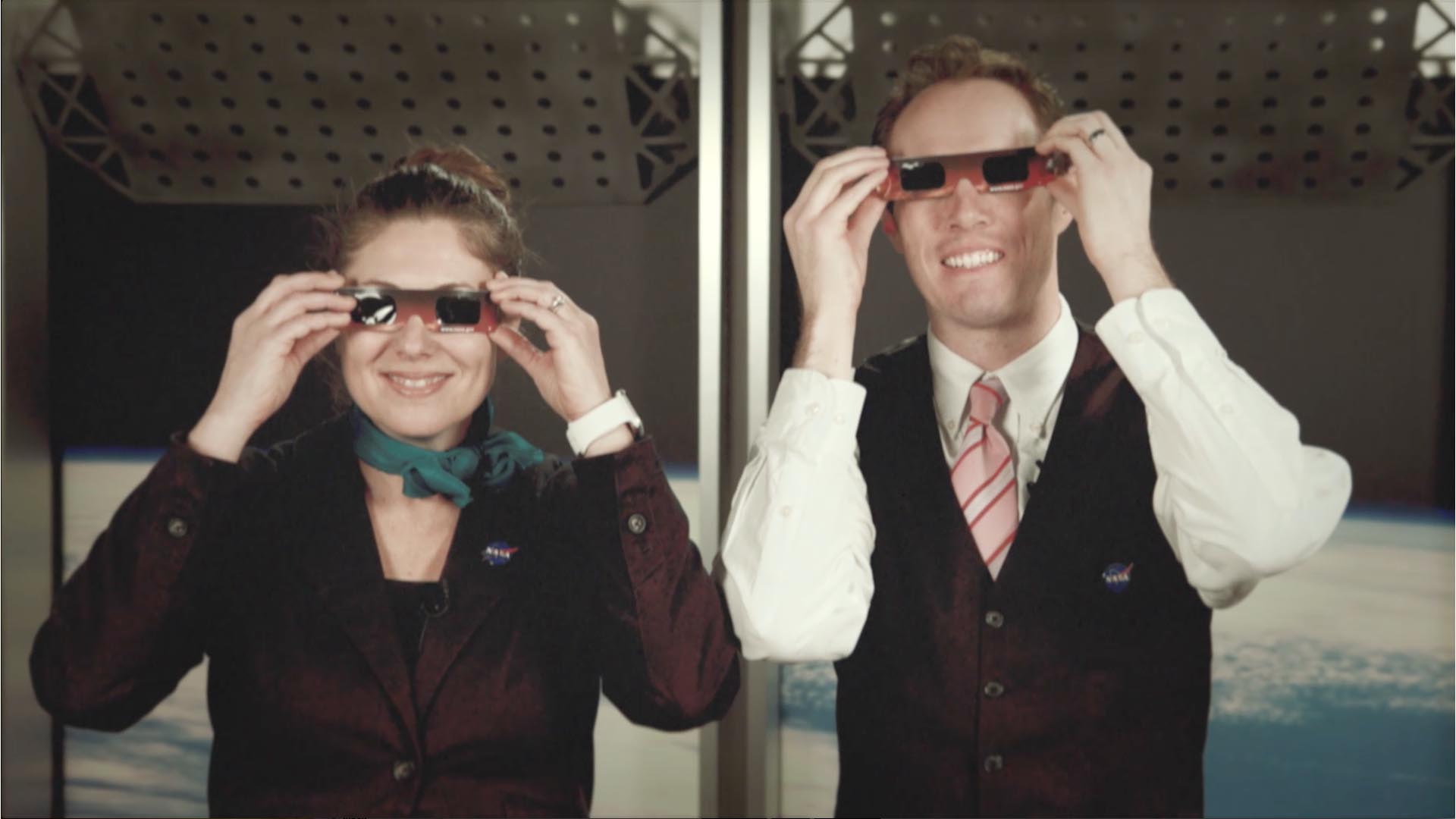

![Credit: NASA's Goddard Space Flight CenterMusic: "Insect Village" by Anthony Donje [PRS] from Universal Production MusicComplete transcript available.](/vis/a010000/a014300/a014325/14325_AnnularEclipseExplainer_FB.00120_print.jpg)